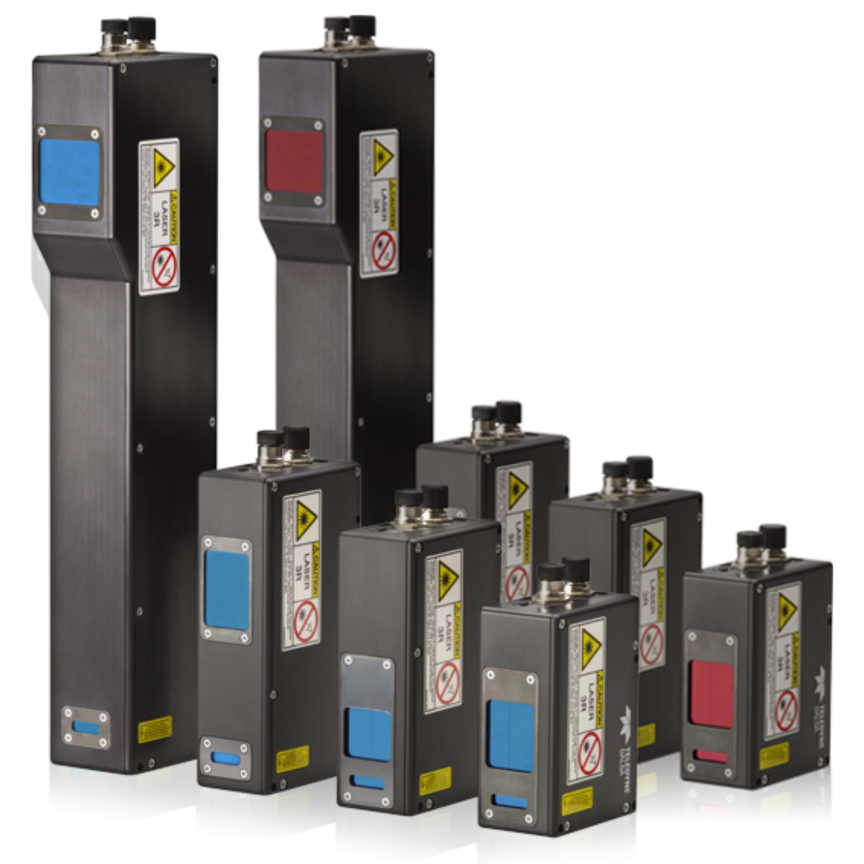Apart from brightness and wavelength, polarization is one of the fundamental properties of light, yet it is very difficult to capture by conventional color and mono cameras. To meet this challenge, SVS-Vistek has introduced its new exo253ZGE GigE Vision camera featuring the Sony IMX250MZR 12.3 megapixel polarization sensor. A member of the company's Beyond Vision family, the camera detects and filters angles of polarization from light that has been reflected, refracted, or scattered — therefore enhancing contrast and improving identification of unwanted deficiencies.
The SVS-Vistek exo253ZGE polarized camera benefits a range of applications including the analysis of carbon fibers, detecting tensions in glass caused by stress, and the uncovering of hidden properties in highly reflective or transparent objects, or where contrast enhancement is required between hard to distinguish single-color materials.
Equipped with a four-directional polarization square filter array, the exo253ZGE
camera measures the degree of polarization and the planes of polarization from a single image. Its high resolution (4096 x 3000 px, 3.45 µm) and powerful global shutter, along with its superior optical dynamics and 23.5 frames-per-second (fps) speed, helps it achieve detailed structural analysis of glass, film, plastic packaging, and CFRP, among other difficult to image objects. Rounding out the feature set are LUT, ROI, Burst Mode, binning, an integrated 4-channel strobe controller, and an industrial TTL-24V I/O interface with SafeTrigger, logic functions, programmable sequencers and timers, and RS232.
Like all SVS-Vistek cameras, the exo253ZGE is engineered for punishing industrial environments, and is housed in an IP40-rated milled aluminum body able to withstand operating temperatures up to 60° C (140° F). Its C-Mount design allows it to accept standard, low cost C-mount lenses.

